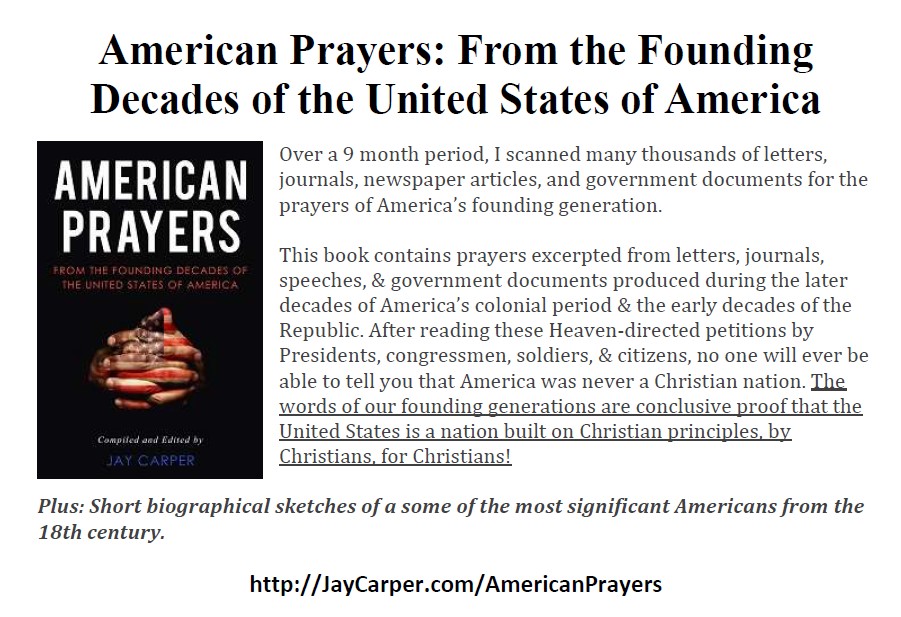From Diary of the American Revolution, Vol II. Compiled by Frank Moore and published in 1859.
It is said little Hamilton, the poet and composer to the Lord Protector Mr. Washington, is engaged upon a literary work which is intended to give posterity a true estimate of the present rebellion and its supporters, in case Clinton’s light bobs should extirpate the whole race of rebels this campaign.
As the facile penman has seen a great deal of life in a very few years, and is withal a “tarnation cute obsarver,” it is probable he will afford posterity great amusement as well as instruction. It is said that the best American artists are engaged to illustrate the work, which is to be much enhanced in value by the presence of a vignette, representing a combat between a Presbyterian deacon, and the flesh and the devil, (in which the deacon gets whipped.)
The great interest Mr. Washington has in the work will be imagined, when we consider that he wore out four pair of sherry vallies (leather breeches) a few weeks ago, sitting for his picture to a peddling limner in Philadelphia, especially to illuminate the writer’s ideas. Of the nature of the other illustrations, we know of but two:—One, of Polly Wayne’s brigade “boldly” retreating from Stony Point, after a “manly” possession of that fortress for three hours; the other, a rear view (by far the most intelligent and pleasing) of the titular Lord Stirling, on his return from one of his nightly feu de joies at Bergen, in Jersey, and supposed to be mumming his usual boast in a strain something like this:—
“Peer’s blood I have”—
Toddied and brave—
Who-o-o’d be a sla-a-a-ve ?
In the phrase of the Gazette writer, “we congratulate the lovers of romance on the spicy repast that is in store for them,” and at the same time regret that we are unable to give a longer extract from Stirling’s interlude on his descent; which descent, by the way, has been so rapid and effectual as not only to deprive him of nobility, but leaves him quite below respectability.1
1 Smythe’s Journal, p. 91.
